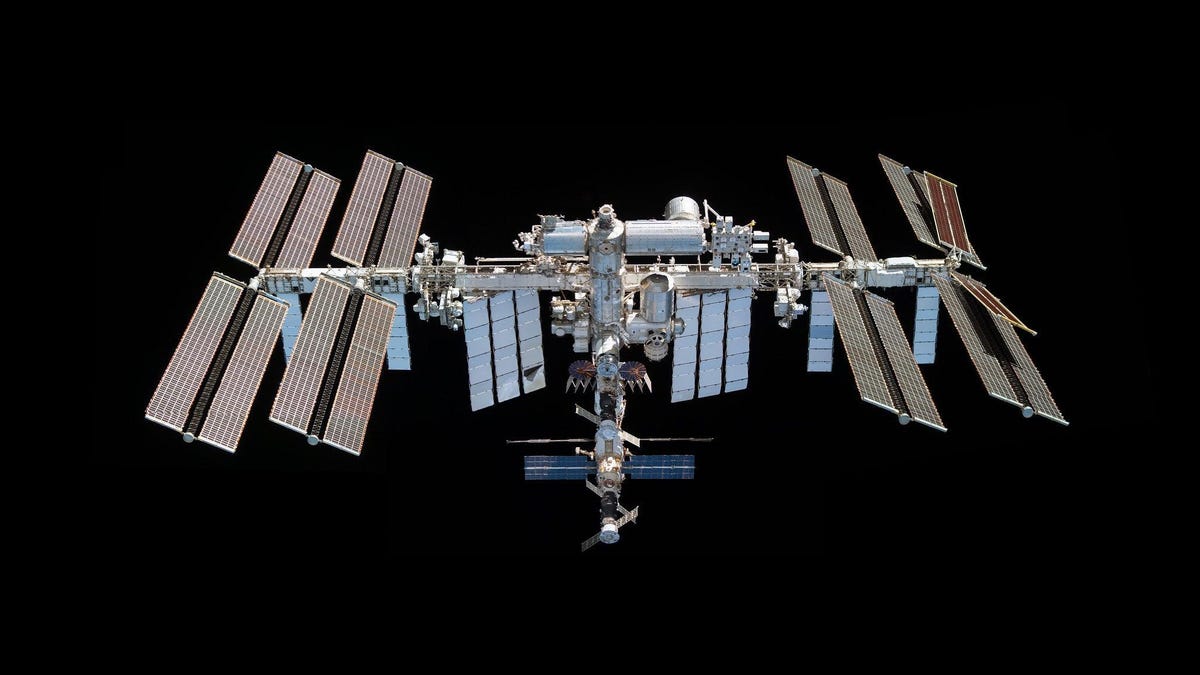
As the International Space Station (ISS) nears the end of its service in low Earth orbit, NASA is grappling with the idea of a short-term gap until a commercial alternative takes its place.
This week, NASA officials discussed the possibility of not being able to maintain human presence in low Earth orbit as the space agency’s private partners race to build space stations to replace the ISS. “We might have to accept a gap and, personally, I don’t think that would be the end of the world,” Phil McAlister, director of NASA’s commercial space division, is quoted in SpaceNews as saying.
Advertisement
During a meeting of the NASA Advisory Council’s human exploration and operations committee, McAlister stated that the space agency would not jeopardize safety in order to meet a schedule, but that it is still considering different options to maintain its presence in low Earth orbit.
Advertisement
In preparation for the ISS retiring by the year 2030, NASA allocated $415.6 million for a trio of Space Act Agreements to Axiom Space, Blue Origin, and Voyager Space as part of its Commercial Low Earth Orbit Destinations program. “Having more than one company in this stage of development, so you’re not relying on a single provider, really increases the probability that somebody’s going to be ready on time,” McAlister said.
Advertisement
The ISS took nearly 10 years to build in Earth orbit over a series of 30 missions. It’s true that NASA’s commercial partners are relying on the design of the ISS as a blueprint to help develop their own space stations, but a launch date in 2028 for the private space stations still seems a bit unrealistic. NASA is also at risk of incoming budget cuts as a result of the deficit reduction legislation that recently went into effect, which would affect the funding going towards the commercial space station designs.
Alternatively, NASA is also considering extending the lifeline of the ISS beyond 2030 depending on the state of the space station and the willingness of the space agency’s international partners to continue collaborating on it. “It’s not mandatory that we stop flying the ISS in 2030. But, it is our full intention to switch to new platforms when they’re available,” Ken Bowersox, NASA associate administrator for space operations, said during a speech earlier this month.
Advertisement
Maintaining a presence in low Earth orbit is crucial for NASA, especially as it plans its return to the Moon and conduct future missions to Mars. Astronauts on board the ISS carry out critical research on human spaceflight that can only be done in the microgravity environment.
Without the ISS, however, NASA can perhaps make do with short trips to low Earth orbit on board SpaceX’s crew Dragon and Boeing’s Starliner (which could finally fly early next year). The growing space industry also provides other options for suborbital research. Planetary scientist Alan Stern recently flew on board Virgin Galactic’s VSS Unity spaceplane for a trip to the edge of space, where he carried out several experiments.
Advertisement
Indeed, a brief gap in orbital presence may not be the end of the world, but the ISS will surely leave a major hole in low Earth orbit when it comes to research. NASA officials anticipate that they won’t know for another few years whether private space stations will be ready in time for the ISS retirement. “It’s really hard to rate it” now, Angela Hart, NASA manager of the CLD program, is quoted in SpaceNews as saying. “That first six months to a year, once that contract is awarded, is where I think we’ll have the best understanding of what our schedule is.”
For more spaceflight in your life, follow us on X (formerly Twitter) and bookmark Gizmodo’s dedicated Spaceflight page.
Services Marketplace – Listings, Bookings & Reviews